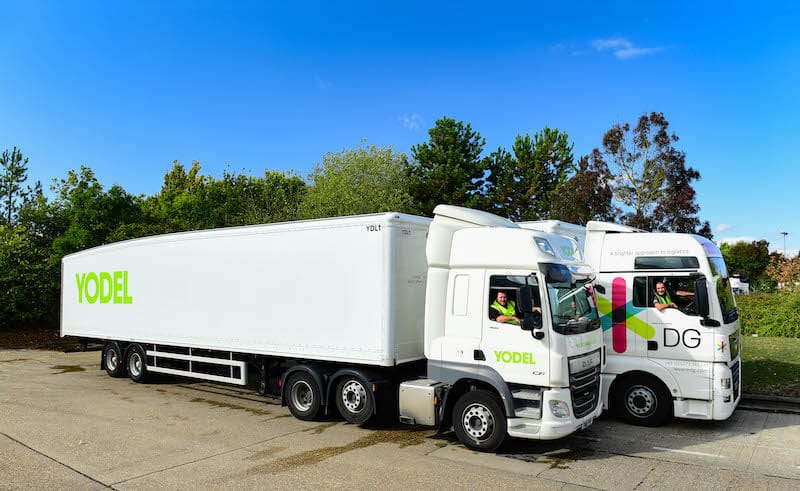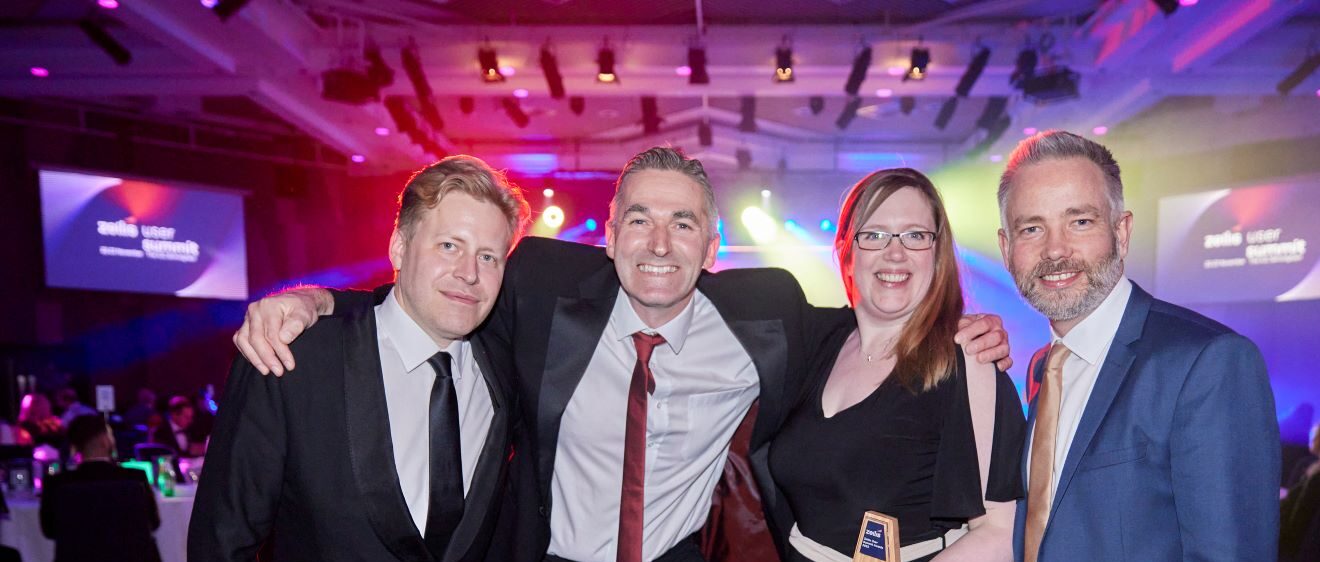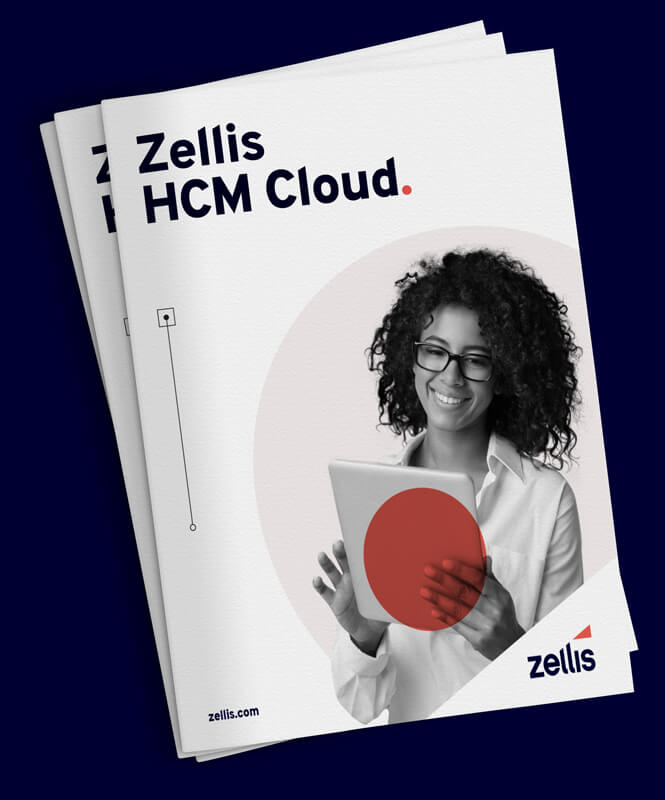Improving the employee experience is one of the most discussed trends in HR. But even though over recent years many employers have invested heavily in trying to improve this experience – both digital and physical – such initiatives have not always achieved their desired goals.
Organisations around the world are now spending an average of £1,740 per person per year on employee experience-related activities in a bid to boost engagement, productivity, motivation and retention rates, according to a survey by research and advisory firm Gartner. But despite these efforts, a mere 13% of employees profess to being completely satisfied with their experience, while a huge 46% say it is failing to meet their expectations.
This experience, whether positive or negative, is based on input from a range of external factors at each stage of the employee lifecycle, from joining to exiting the organisation. The idea here is that each interaction an employee has with a company plays a part in their ‘employee experience’ and is significant as a result.
This has never been truer than it is today, as the pandemic has caused millions of us to set up shop on kitchen tables and in spare bedrooms at home. The experience created by workplace technology is the only link right now people have to their employer and its culture.
Why you need to get the digital employee experience right
Research reveals those employees benefitting from a good digital experience are more likely to recommend their employer, and assign them a positive net promoter score. A positive digital employee experience is also linked to businesses experiencing higher levels of annual revenue growth and industry competitiveness.
But despite these findings, the study indicates that only 42% of employees and HR professionals feel they have access to the digital tools required to help them succeed at their job.
Part of the problem here appears to be that the significant sums being spent on boosting employee experience in more general terms are not necessarily finding their way into digital coffers. Other challenges include inadequate time being assigned to such initiatives and a lack of understanding about what it is that employees actually want and need.
So what exactly is it that employees are looking for and how can such insights help to inform HR leaders’ business case for digital transformation? Here are four hints and tips:
1. Provide a ‘consumer-grade’ experience to increase employee satisfaction
Expectations of what constitutes a good digital employee experience have changed considerably over recent years, with the pandemic raising the bar even higher. People expect a ‘consumer-grade’ experience, which is the equivalent to that offered by the top consumer brands, such as Amazon and Google, with their focus on personalisation and ease-of-use.
So, top of HR’s requirements list in this context are intuitive, self-service applications that employees can access securely using any connected device. But above all, you should think “mobile first”. Users should be able to complete routine tasks in just a few easy clicks on a smartphone or tablet. Proactive, personalised notifications, such as those used on consumer websites, can help too.
2. Enable your employees to conduct HR activities ‘in the flow of work’
Having to remember multiple login credentials or re-enter the same information into different systems are surprisingly common irritations in today’s workplace. In fact, according to a recent report by IBM, a huge 70% of workers routinely have to re-enter the same data into multiple applications in order to get the job done, wasting time and energy in the process.
This situation is as true in HR as it is elsewhere. I hear countless tales of HR professionals who have expressed frustration with managers for not entering information into systems in a timely way, causing payroll inaccuracies, security risks, and delays in vital processes which impact productivity.
Getting this right means bringing together your payroll, HR, benefits and recognition systems more tightly to create a single source of truth. It also means integrating HR software with the other core business applications your company uses, so that employees can complete key tasks quickly and easily, with minimal disruption. Many experts are now describing this experience as ‘HR in the flow of work’.
One example of this approach in action is the integration work we undertook between our MyView employee self-service portal for payroll and HR information and Microsoft’s Outlook platform. This work means managers can now authorise requests like annual leave with a single click from their email inbox, thereby boosting productivity and replacing time-consuming admin tasks with hassle-free, automated processes.
3. Employ data analytics tools to get under what is really happening
Modern tech can also help HR professionals pinpoint opportunities in the overall colleague experience, not just the digital realm. For example, the Benefex OneHub recognition system provides a vibrant tool for colleagues to recognise each other against company values. But it also creates an incredible digital pool of insight on how individuals and departments in your business are collaborating. For example, if the sales and marketing departments are not recognising each other, something is probably wrong.
It is this need for insight that caused us to build Microsoft Power BI into our Zellis HCM Cloud platform, as we recognised that HR increasingly needs the sort of reporting and analytics tools to drive positive, evidence-based change that marketing and production departments have been using for years.
4. Future-proof your business with cloud-based systems
The pandemic has created some hairy moments in many businesses in the past year, particularly when the only person who knows how to “feed and water” a vital system like payroll falls ill. Or when colleagues have been trying to access systems from home over shaky internet and VPN connections.
Payroll and HR systems based on public cloud technology play a huge role in mitigating these risks. And if the pandemic focuses the minds of IT professionals on “building back better” by modernising systems to achieve greater resilience, then something positive will have been achieved.
Overcome your employee experience challenges
Zellis is committed to helping its customers navigate these challenges with our Zellis HCM Cloud platform, underpinned by the very best in employee experience, automation, data and cloud technologies. We serve over 5 million of our customers’ employees in the UK and Ireland, over a third of the FTSE 100, and a quarter of the Sunday Times Best Big Companies to Work with.
To learn how we can help, get in touch today.















